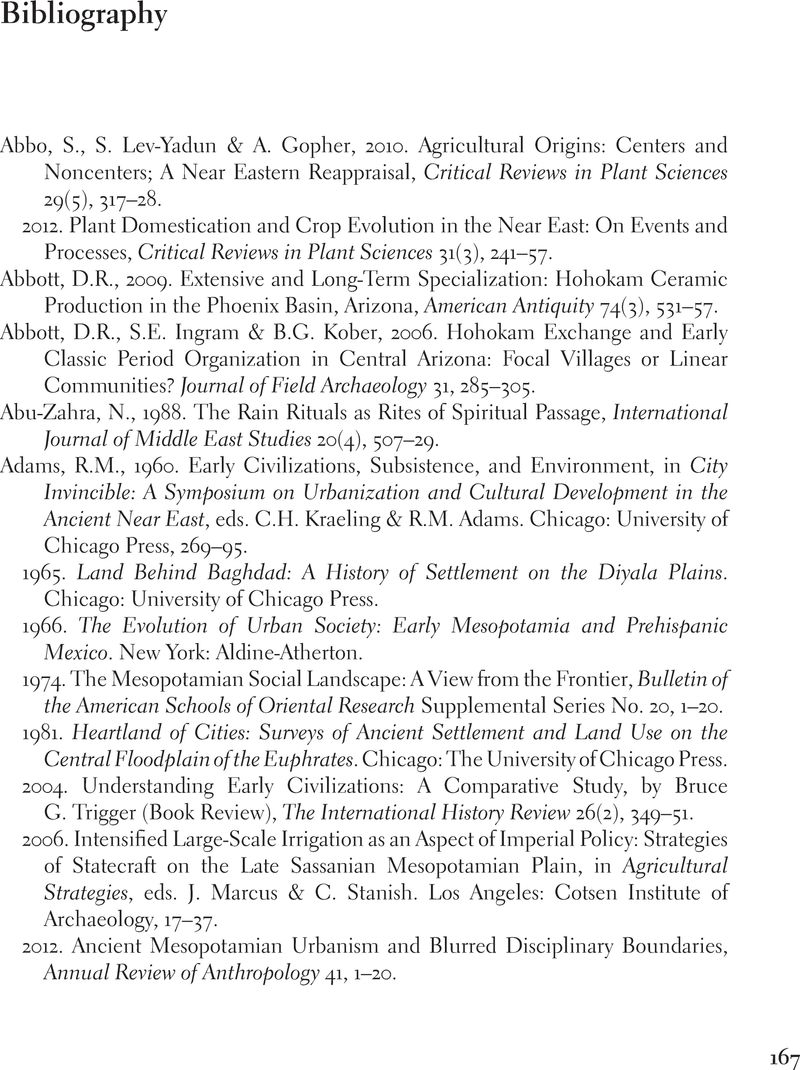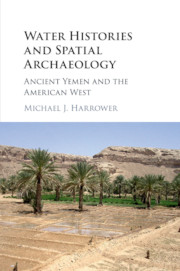Book contents
- Water Histories and Spatial Archaeology
- Water Histories and Spatial Archaeology
- Copyright page
- Contents
- Plates
- Figures and Tables
- Acknowledgments
- Chapter 1 Introduction
- Chapter 2 Comparison and juxtaposition in archaeology
- Chapter 3 Water histories of ancient Yemen in global comparative perspective
- Chapter 4 Water and the beginnings of pastoralism and agriculture in Southwest Arabia
- Chapter 5 Water histories of Southwest Arabian kingdoms (and the American West)
- Chapter 6 Conclusion
- Bibliography
- Index
- Plate Section (PDF Only)
- References
Bibliography
Published online by Cambridge University Press: 05 May 2016
- Water Histories and Spatial Archaeology
- Water Histories and Spatial Archaeology
- Copyright page
- Contents
- Plates
- Figures and Tables
- Acknowledgments
- Chapter 1 Introduction
- Chapter 2 Comparison and juxtaposition in archaeology
- Chapter 3 Water histories of ancient Yemen in global comparative perspective
- Chapter 4 Water and the beginnings of pastoralism and agriculture in Southwest Arabia
- Chapter 5 Water histories of Southwest Arabian kingdoms (and the American West)
- Chapter 6 Conclusion
- Bibliography
- Index
- Plate Section (PDF Only)
- References
Summary

- Type
- Chapter
- Information
- Water Histories and Spatial ArchaeologyAncient Yemen and the American West, pp. 167 - 206Publisher: Cambridge University PressPrint publication year: 2016



